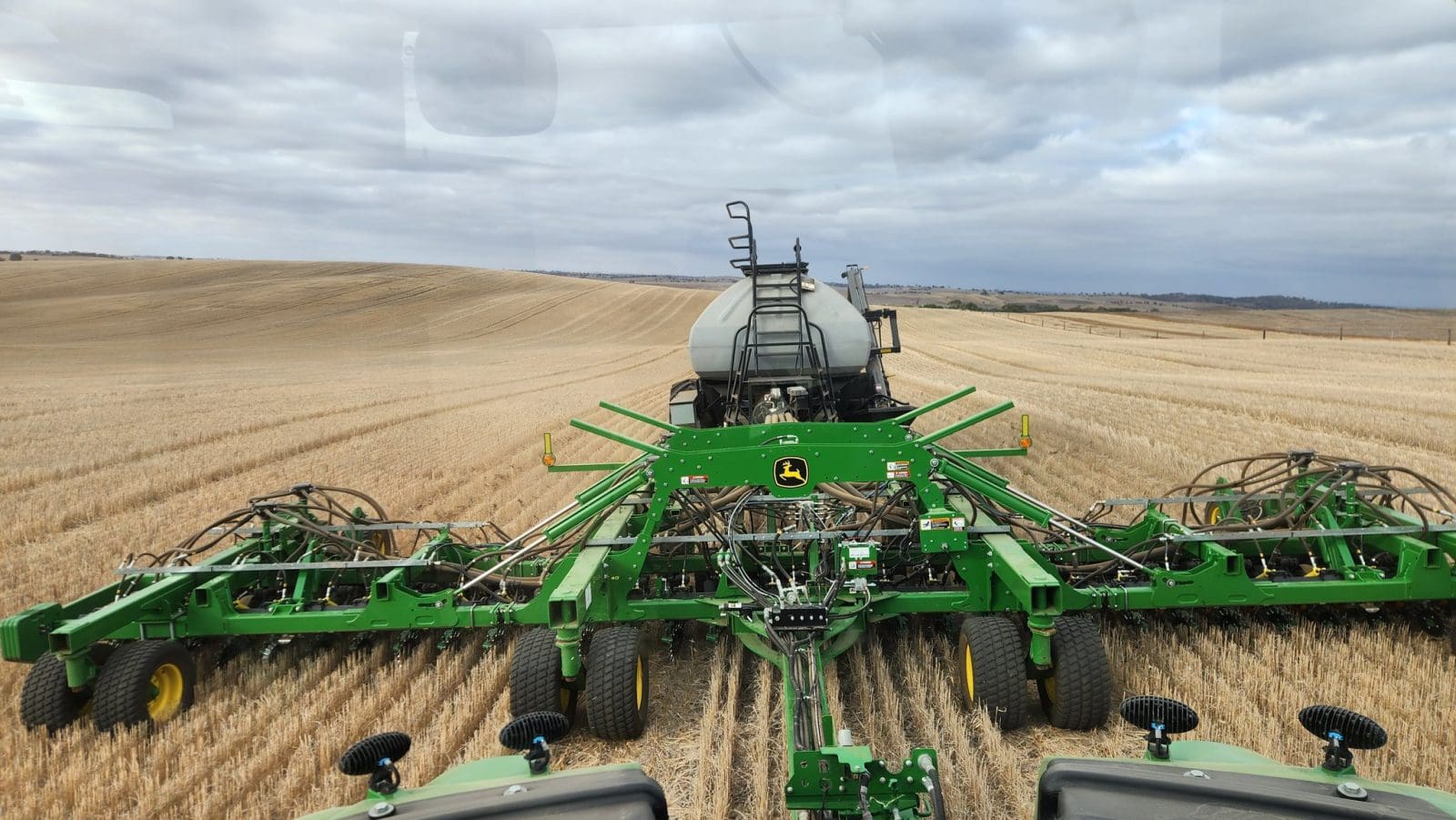
BROADACRE productivity growth has slowed over 2024-25, but the slowdown is inconsistent, according to ABARES’s latest productivity estimates.
ABARES executive director Jared Greenville said while the headline productivity index for broadacre farming had decreased from 2022-23 to 2023 24, there was a “multi-speed” effect.
The insights have come from the latest Australian Farm Productivity – Broadacre and Dairy Estimates report based on data going back to 1977-78.
“The drop in growth we’ve seen is mostly due to hot and dry conditions in 2023-24 impacting cropping output in Western Australia,” Dr Greenville said.
“While broadacre productivity growth declined in the latest period for some states, it increased in Victoria as different areas and farm types experienced different seasonal conditions.
“We’ve seen a similar multi-speed effect before in our analysis of the dairy industry.
“Productivity for dairy farms, particularly in irrigated regions, has slowed considerably, whereas areas with higher natural rainfall and a lower reliance on purchased fodder remain strong.
“That said, it’s clear that this slowdown is more of an issue for some farm types and regions than others.”
The latest figures come on the back of a longer-term slowing of productivity growth rates in recent decades, with the average annual growth of broadacre productivity increasing at 0.6 percent since 1999-2000, down from more than 2pc per year before 2000.
Dr Greenville said that despite the trends and latest figures, agriculture was performing relatively well compared to other industries.
He said rising differences have been seen between the “all-agriculture” productivity numbers released by the Australian Bureau of Statistics in their industry level data, which rose in 2023-24, and ABARES’ broadacre productivity statistics.
“The difference is likely due to productivity growth in other sectors, like horticulture, aquaculture, forestry, and pork and poultry.
“Despite the differences, the benefits from measuring productivity from farm-level data is that we can understand the changes in productivity across farm-types and regions.
“This provides a detailed view that can better inform attempts to lift productivity performance.”

HAVE YOUR SAY